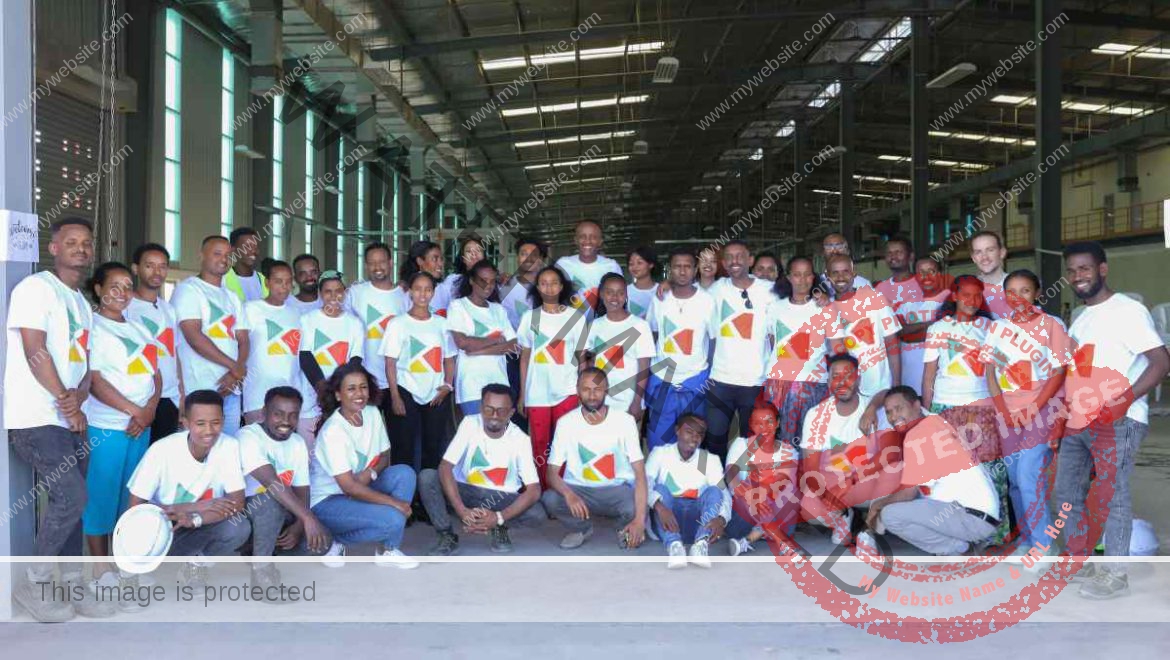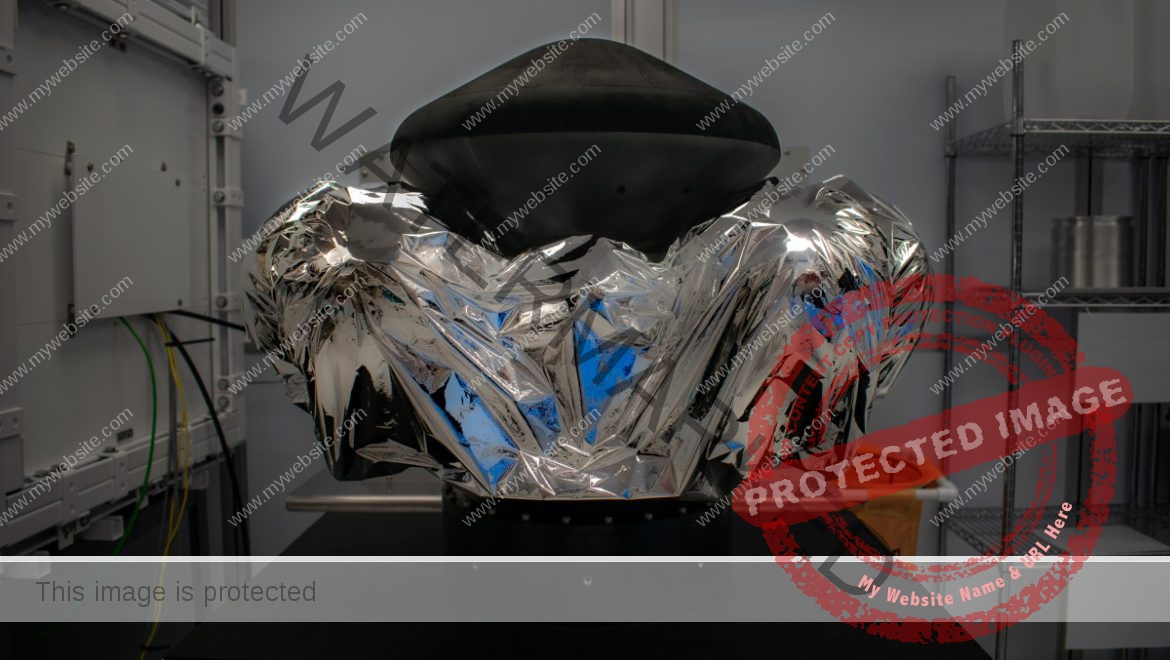The Mercedes-Benz G-Class — the rugged off-road powerhouse that launched in 1979 and has since become a brutalist status symbol — has gone electric. This is, in many ways, Mercedes’ most prestigious car, a model more prized for its presence and exclusivity than its power and capability. Going electric, then, is more than an historic moment for the iconic Gelandewagen; it is the biggest test yet for the company’s recently scaled back electrification plans.
Mercedes’ approach to electrifying the prestigious SUV suggests the German automaker understands the stakes. The first electric version of the G-Class not only meets but beats its internally combusted counterparts in terms of power and off-road capability. What is surprising is the name.
Meet the Mercedes-Benz G 580 with EQ Technology. That’s right, not the EQG, breaking the pattern set out by all-electric predecessors like the EQS, EQE and EQB. Starting with the G-Class, all new battery electric Mercedes models will fit into the company’s traditional alphabetic taxonomy.
That’s a significant change from a branding standpoint, but it makes sense when you look at the thing. The electric G shares a substantial amount with its internally combusted predecessors. If Mercedes wanted to break that trend and integrate the EVs into the traditional model nomenclature, this is the place.
Nuts and bolts
Like the other Gs, the G 580 is still built on a traditional ladder frame, a common layout in trucks and purpose-built off-roaders. Likewise, it still uses a solid axle out back, again preferred by serious denizens of the trails. The electric G does make a concession to modernity with an independent front suspension setup, but that’s also just like the other current G-Class flavors.
Perhaps more importantly, it looks almost indistinguishable from the upcoming 2025 refresh of the G-Class. Mercedes made a few subtle tweaks to the styling, most notable being a black grille plus some distinctive, EQ-exclusive lighting. There are other changes such as slightly rounded corners and the like to let this SUV’s abrupt shape cut through the wind more cleanly, but they’re near-impossible to spot.
Take one look, though, and it’s easy to see that aerodynamics is not the priority here. Off-road performance is, and Mercedes has gone all-out, creating a bespoke drivetrain for the G-Class.
A bet on off roading
Mercedes-Benz G580 with EQ Technology in desert sand non-metallic paint. Image credits: Mercedes
This is where things get radically different from the various gasoline-powered G-Class models.
Like the higher-spec models of Rivian’s R1T and R1S, the G-Class is driven by four electric motors — one for each wheel — mounted inboard on the SUV’s chassis. Each of these motors even has its own two-speed transmission, a selectable reduction gearset that allows the EQ flavor of the G-Class to have a low-range mode, giving it extra torque and control in low-grip scenarios.
A four-motor setup gives precise control over individual wheel speed, enabling better grip management than a traditional locking differential setup could manage. It creates the opportunity for some fun tricks, too.
The hallmark is what Mercedes calls the G-Turn. Tap a few buttons on the center console, hold either the left or right paddle on the steering wheel, and then step on the accelerator, and the G-Class spins about on its axis.
It’ll do up to two complete rotations like this, just enough for a bit of showboating, but Mercedes says it’s actually for making a quick exit from unexpectedly terminated trails, something again seen earlier from Rivian.
Another, more practical feature is called G-Cornering, where the G-Class can reduce the speed of the inside rear wheels when turning. This will help the G-Class navigate tight, twisty trails far more efficiently than a typical off-roader with locking differentials.
Crucially, neither of these features is available on the G-Class models with internal combustion engines. If you want them, you’ll have to go electric; and the extra capabilities don’t end there.
The EQ G-Class can wade through water 33.5 inches deep, about six full inches deeper than the other Gs. It also offers an extra 0.3 inches of ground clearance and an additional degree of approach angle.
A hot EV in a tepid-demand world
If you’re worried about ruggedness, Mercedes-Benz says you shouldn’t be. The G 580 with EQ Technology has metal and carbon fiber protection around the 116-kilowatt-hour battery pack. It’s also fully isolated from water, dirt and whatever other muck you run it through. It’s not, however, made using the silicon-anode technology from Mercedes’ partnership with Sila. Those are due to arrive in a “range-extended” version of the electric G within the next few years, according to a Mercedes-Benz spokesperson.
It may prove to be a desirable option. Despite offering 16 kWh greater capacity than a Model X, for example, the electric G won’t go nearly as far on a charge as the Tesla. Mercedes says it’ll do 473 kilometers on the European WLTP cycle, which should equate to roughly 250 miles on the American EPA test, far short of the Model X’s 335-mile EPA rating.
Despite the range, the electric G-Class sounds like an impressive package, enough to woo any true fan of performance away from the models with internal combustion. Tragically, it launches at a time of cooling interest for EVs in general.
Mercedes-Benz recently walked back its 2030 goal of being an EV-only manufacturer, blaming difficult market conditions.
Ahead of the G 580’s unveiling, Britta Seeger, Member of the Board of Management of Mercedes-Benz Group AG, said that interest in EVs is heavily variable based on region In Europe. Adoption has recently taken a huge hit thanks to the sudden removal of EV-related incentives, she added.
This has caused “a little bit of uncertainty” among the brand’s customers. “And obviously, if you turn off incentives, it has an immediate impact,” Seeger continued.
In Europe, Mercedes has covered this by applying its own incentives, with “promising” results, according to Seeger. In the U.S. the “lease loophole” means many of the brand’s EVs still receive the $7,500 federal incentive so long as they are leased, while dealers here are often piling on steep discounts of their own.
“For the U.S., we do see people who are very much interested, but I would say the majority are more hesitant.”
She says the company is sticking to its electrification plans but declined to set any specific sales targets for the G 580 with EQ Technology versus the other G-Class trims with internal combustion. “We are prepared for everything… We have complete flexibility in responding to customer needs,” she said.
In other words, we’ll have to wait and see how much of a factor the G 580 with EQ Technology is in the overall spread of G-Class sales. Unless it’s a total flop, though, it’s reasonable to expect more.
Mercedes has thus far made higher-horsepower, higher-price AMG-branded versions of its electric EQE and EQS models. In the U.S., the AMG version of the traditional G-Class outsells its lower-cost versions, despite carrying a nearly $200,000 starting price — plus whatever exorbitant adjustment your local dealer wants to apply.
That is why Mercedes-Benz CEO Ola Källenius calls the G-Class “the Birkin bag of our product portfolio.” Will the new EQ flavor maintain its cachet? It certainly looks ready to drive circles around its predecessors off-road, but whether that’s enough to woo the fickle G crowd remains to be seen.

















